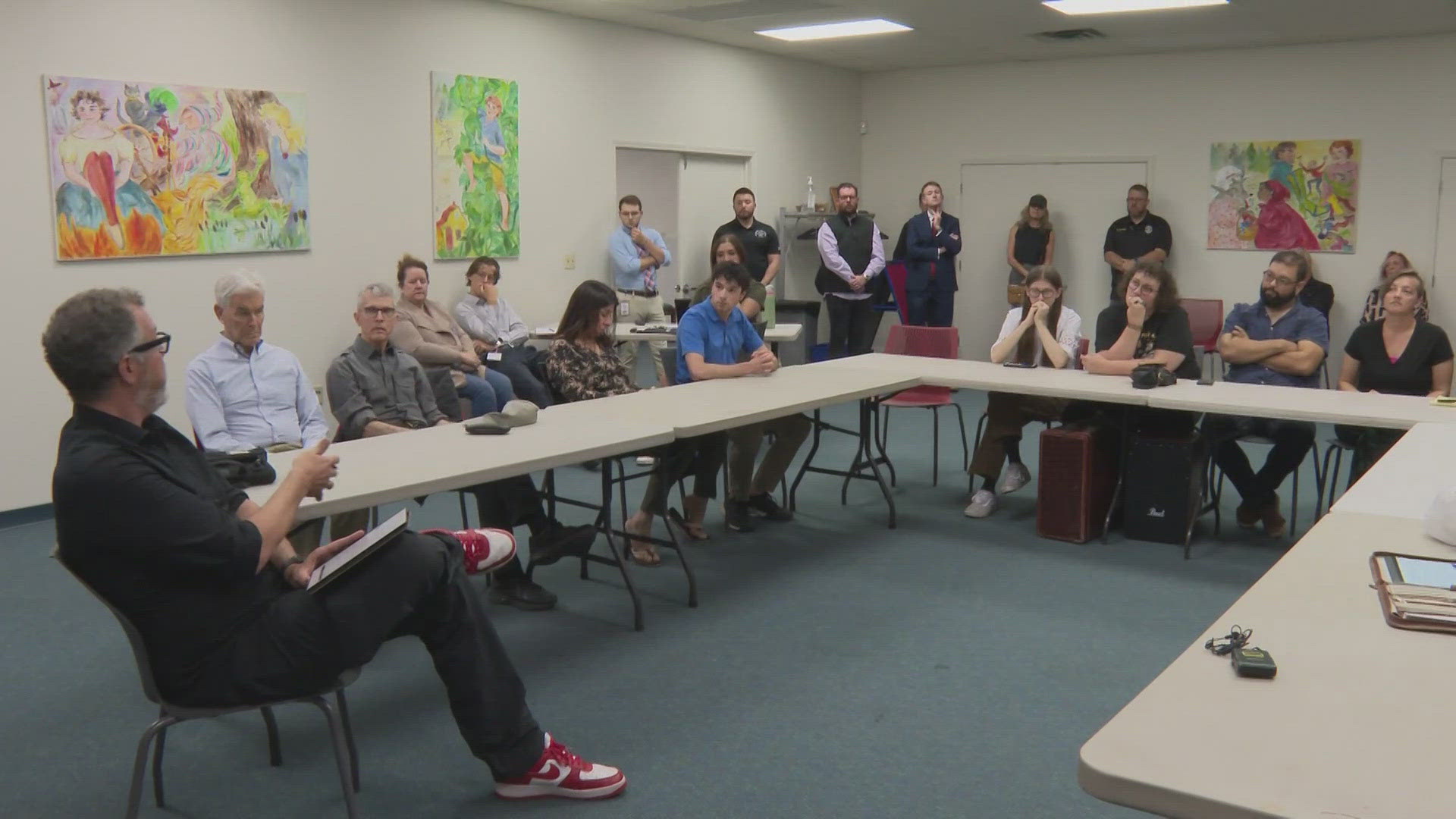Hurricane Milton barreled into the Atlantic Ocean on Oct. 10 after plowing across Florida, where it knocked out power to more than 3 million people and whipped up a barrage of tornadoes.
The storm caused at least five deaths in the state where communities were still dealing with the damage from deadly Hurricane Helene two weeks ago.
As Milton approached Florida’s Gulf Coast on Oct. 9, viral videos shared on X claimed water was being “sucked out” of Tampa Bay instead of rushing into the area and flooding the shore.
“The water has been sucked out of Tampa Bay by Milton. Happened fast,” the caption read on one of the videos.
Some people who commented on the video suggested the water was “sucked out” due to something called “reverse storm surge.”
THE QUESTION
Was water “sucked out” of Tampa Bay by Hurricane Milton because of “reverse storm surge”?
THE SOURCES
- NOAA National Hurricane Center
- Florida Division of Emergency Management
- Matthew Bilskie, Ph.D., an assistant professor at the University of Georgia’s College of Engineering and hurricane storm surge modeler
- Peter Stempel, Ph.D., an associate professor in the Department of Landscape Architecture at Penn State University, and is affiliated with the Penn State Institutes of Energy and the Environment
THE ANSWER
Yes, water was “sucked out” of Tampa Bay by Hurricane Milton because of “reverse storm surge.”
WHAT WE FOUND
Water was temporarily “sucked out” of Tampa Bay as Hurricane Milton approached Florida’s Gulf Coast due to a phenomenon known as “reverse storm surge.”
The National Hurricane Center explains that storm surge is an “abnormal rise of water generated by a storm” above the predicted tide. It is caused primarily by strong winds in a hurricane or tropical storm and generally occurs where winds are blowing onshore.
Meanwhile, “reverse storm surge” is the opposite effect of storm surge. It occurs “when the wind is blowing away from the shore and literally pushes water away from the coast, causing water to recede from the shoreline like an extremely low tide,” Penn State professor Peter Stempel wrote in 2022.
“The geography of the Florida Peninsula and the northward trajectory of most gulf storms makes it likely that significant winds will blow towards the west when storms hit Florida’s west coast, though ‘reverse storm surge’ can happen virtually anywhere where winds and geography align,” wrote Stempel.
Regarding the viral videos of Milton, Stempel told VERIFY in an email that “it would be more accurate to say that the water was blown out” instead of “sucked out.”
“As Milton made landfall there were times when the most powerful winds were blowing in a southerly direction. The orientation of Tampa Bay, and the fact that it’s wide and comparatively shallow, meant that there was a lot of area for the wind to act on the volume of water and blow it and other near shore waters offshore,” Stempel explained.
“Had the hurricane made landfall further North, we would have been worried about the winds pushing the water up Tampa Bay, and having the surge be amplified by this same topography,” Stempel added.
“Reverse storm surge” also occurred in 2017 when Hurricane Irma made landfall near Cedar Key, Florida, and happened again at Tampa Bay during Hurricane Ian in 2022.
But Matthew Bilskie, an engineering professor and hurricane storm surge modeler at the University of Georgia, told VERIFY in 2022 that “reverse storm surge” is rare.
“I just want folks to realize that [reverse storm surge] isn’t going to happen every time,” he said.
After Milton made landfall near Siesta Key, Florida, as a powerful Category 3 storm on the evening of Oct. 9, Florida authorities warned against walking into the receding water in Tampa Bay.
“Do not walk out into receding water in Tampa Bay - the water WILL return through storm surge and poses a life-threatening risk,” the Florida Division of Emergency Management said in an X post.
Bilskie explained why it’s dangerous for people to stand or walk in the receded bay.
“Once the wind changes direction, or the wind dies down, then that surge is no longer being held back by the ocean from the wind,” he said.
Though the water won’t rush back in “like a tsunami,” it could return over “just a few short hours” and “certainly catch people off guard,” Bilskie noted.
The Associated Press and VERIFY digital journalist Megan Loe contributed to this report.



